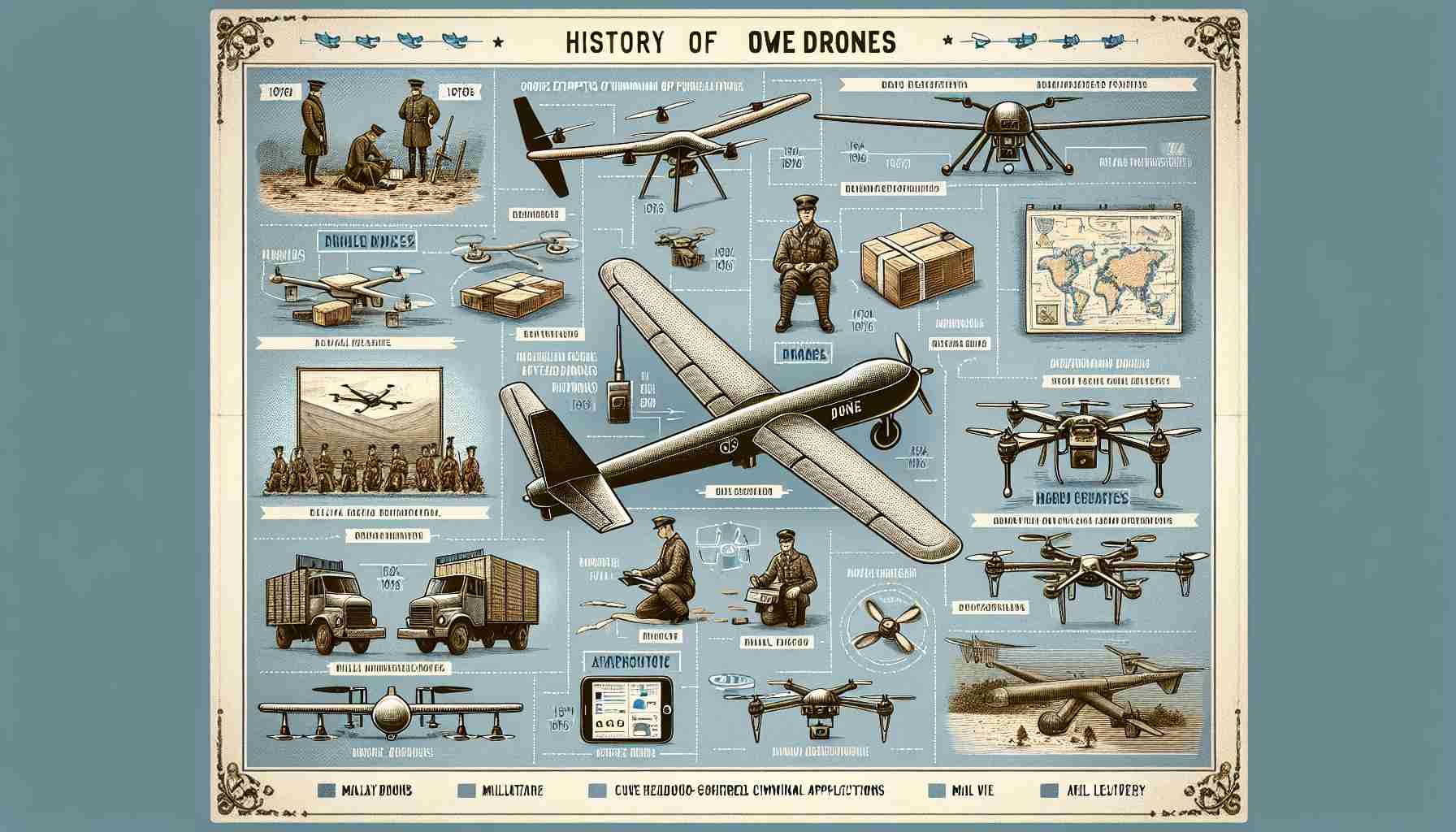Drones, also known as unmanned aerial vehicles (UAVs), have recently taken the world by storm with their increasing applications in photography, delivery, and even agriculture. But have you ever wondered when drones were actually invented?
The concept of unmanned flight dates back to the early 20th century. The first recorded use of a drone-like device was during World War I. In 1918, the U.S. Army developed the Kettering Bug, a crude but ingenious attempt at an aerial torpedo. This early drone could fly a preset distance before dropping its payload, showcasing the initial military interest in UAV technology.
Fast forward to World War II, and drones had evolved significantly. The development of the radio-controlled “Radioplane OQ-2” in the 1940s marked a crucial point in drone history. These devices were primarily used as training targets for anti-aircraft gunners and reflected the ongoing evolution of drone technology.
The real breakthrough for drones came during the late 20th century when technological advancements allowed for more sophisticated designs. In the 1980s and 1990s, drones went from military reconnaissance purposes to becoming viable tools for civilian applications.
Today, drones are commonplace, offering endless possibilities in various fields. They are now equipped with advanced cameras, GPS, and sensors, making them an integral part of modern technology. This long journey from wartime innovation to everyday use demonstrates the remarkable evolution and potential of drones, proving they are much more than just modern novelties!
The Extraordinary Journey of Drones: From War to Everyday Life
Drones have revolutionized various industries, but their path from military ingenuity to civilian innovation is filled with intriguing developments. Did you know that inventors have been refining UAV technology for over a century?
The Unexpected Role of Drones: Beyond the battlefield and aerial photography, drones have found niche applications that might surprise you. They’re now employed in wildlife conservation to monitor endangered species, and even in creative industries like filmmaking, offering new cinematic perspectives.
Controversies and Challenges: As with any transformative technology, drones have sparked debates and controversies. Privacy concerns have emerged due to drones’ ability to capture high-resolution images from the sky. Regulatory challenges have also surfaced, with debates on how best to monitor drone airspace to prevent accidents and misuse.
When Were Drones Truly Invented? Though the Kettering Bug emerged in 1918, it was during the 1940s and the creation of the “Radioplane OQ-2” that drones really began taking shape. It was not until the late 20th century that they transitioned into civilian life.
Advantages and Disadvantages: Drones excel in reaching inaccessible areas, reducing the risk for human operators. They provide unparalleled efficiency in delivery services and agricultural monitoring. However, issues such as limited flight time, susceptibility to weather conditions, and the potential invasion of privacy pose significant hurdles.
For a deep dive into cutting-edge drone technology and innovation across diverse sectors, visit Wired.







